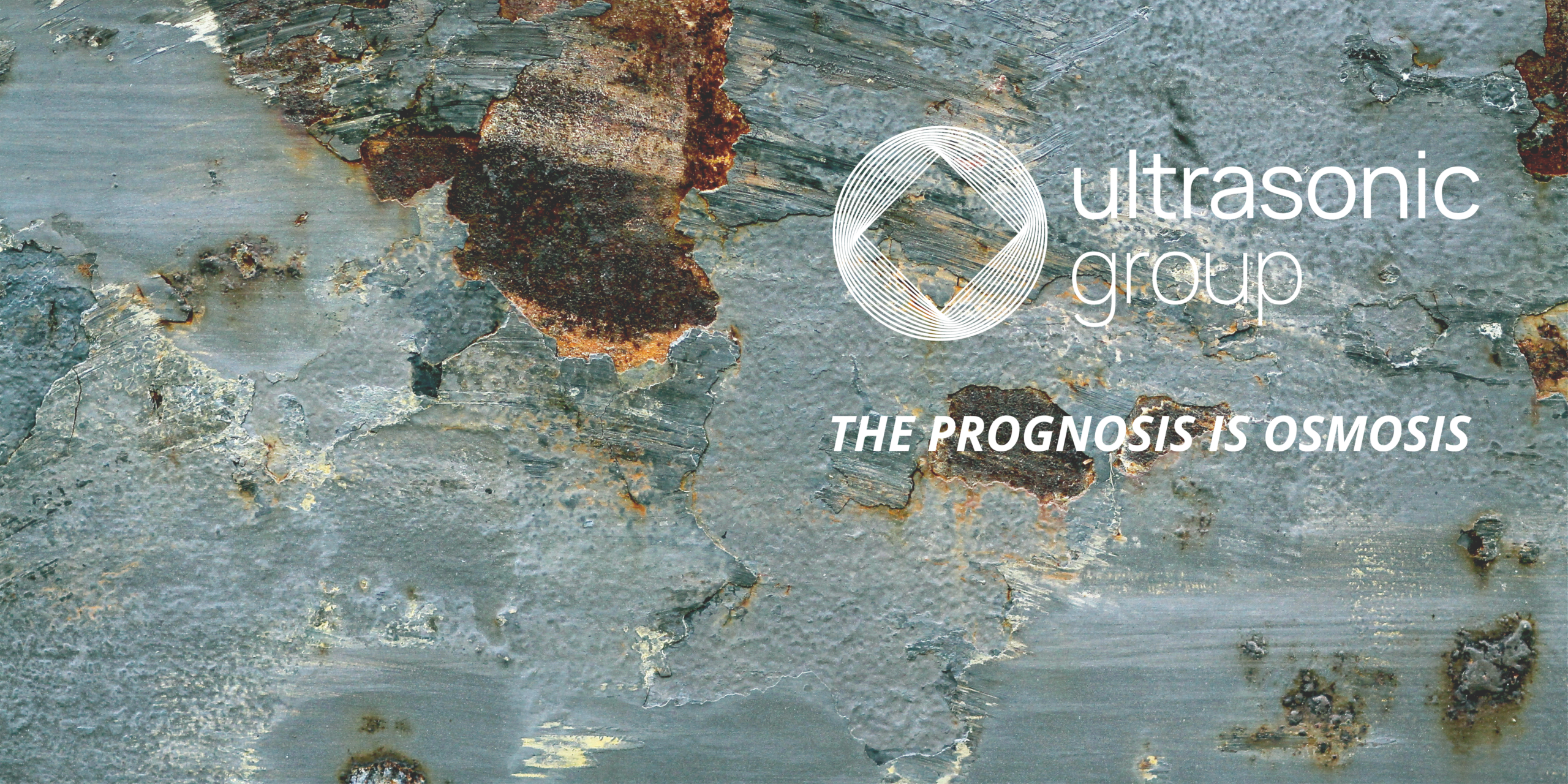In addition to the problem of fouling from algae, mussels, and smallpox on the hull of your boat, there is also the problem of Osmosis. This phenomenon is most common on polyester boats or yachts. This process is easily recognized by the vinegar-smelling blisters that appear on the hull of your boat or yacht. If you do not treat this problem, cracks can appear in the antifouling, resulting in the hull no longer being protected and sucking up water like a sponge.

Osmosis is also called the degeneration process. This phenomenon occurs as a physical reaction that occurs when water, a water-soluble substance, and antifouling come together. The water that the boat is in will slowly penetrate through the antifouling, resulting in the water becoming fixed, this is also called Hydrolysis. The pressure that this hydrolysis causes, will make the cavity with the water in it bigger and bigger, and thus blisters will appear. When these vesicles pop, cracks can appear, resulting in water entering the hull.
To get rid of this problem, your boat will have to undergo a firm treatment. First, all osmotic spots will have to be split open up to the glass fabric. Then all spots will have to be filled with epoxy to make the boat water-resistant. This treatment is not only time-consuming but also bad for the environment and very expensive. It is always recommended to hire an expert.